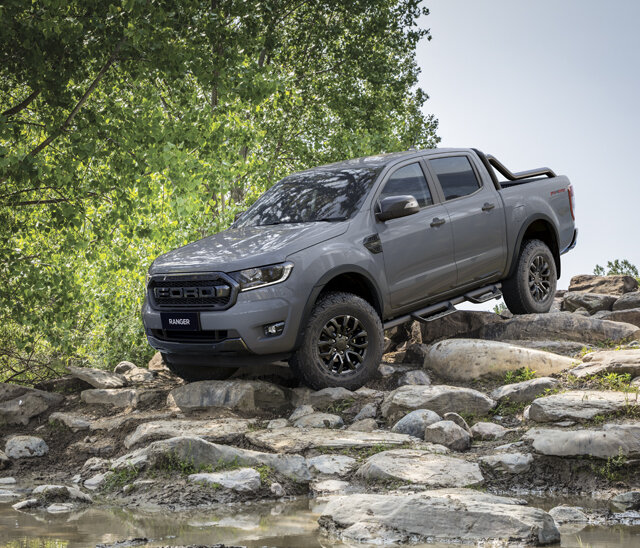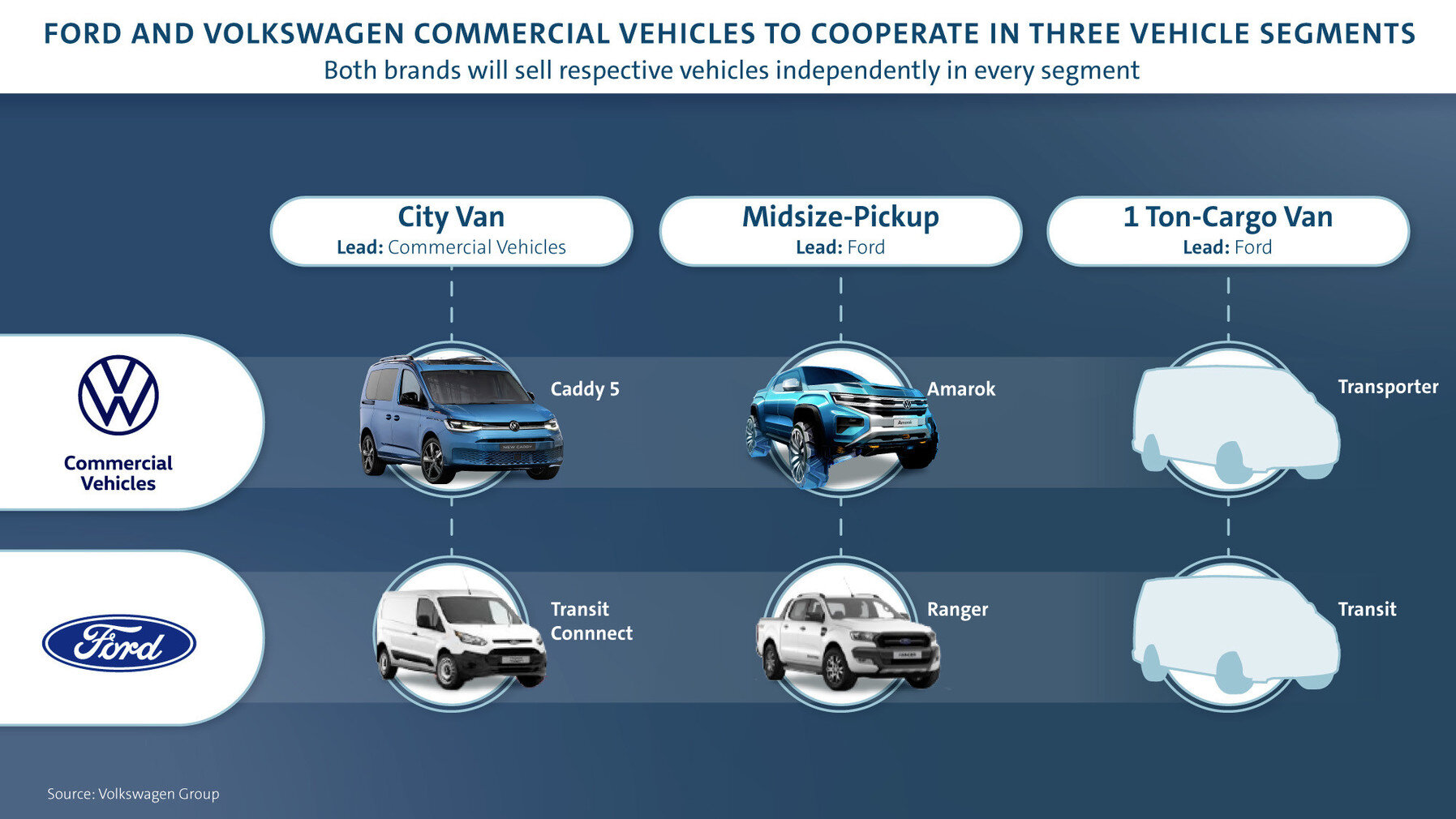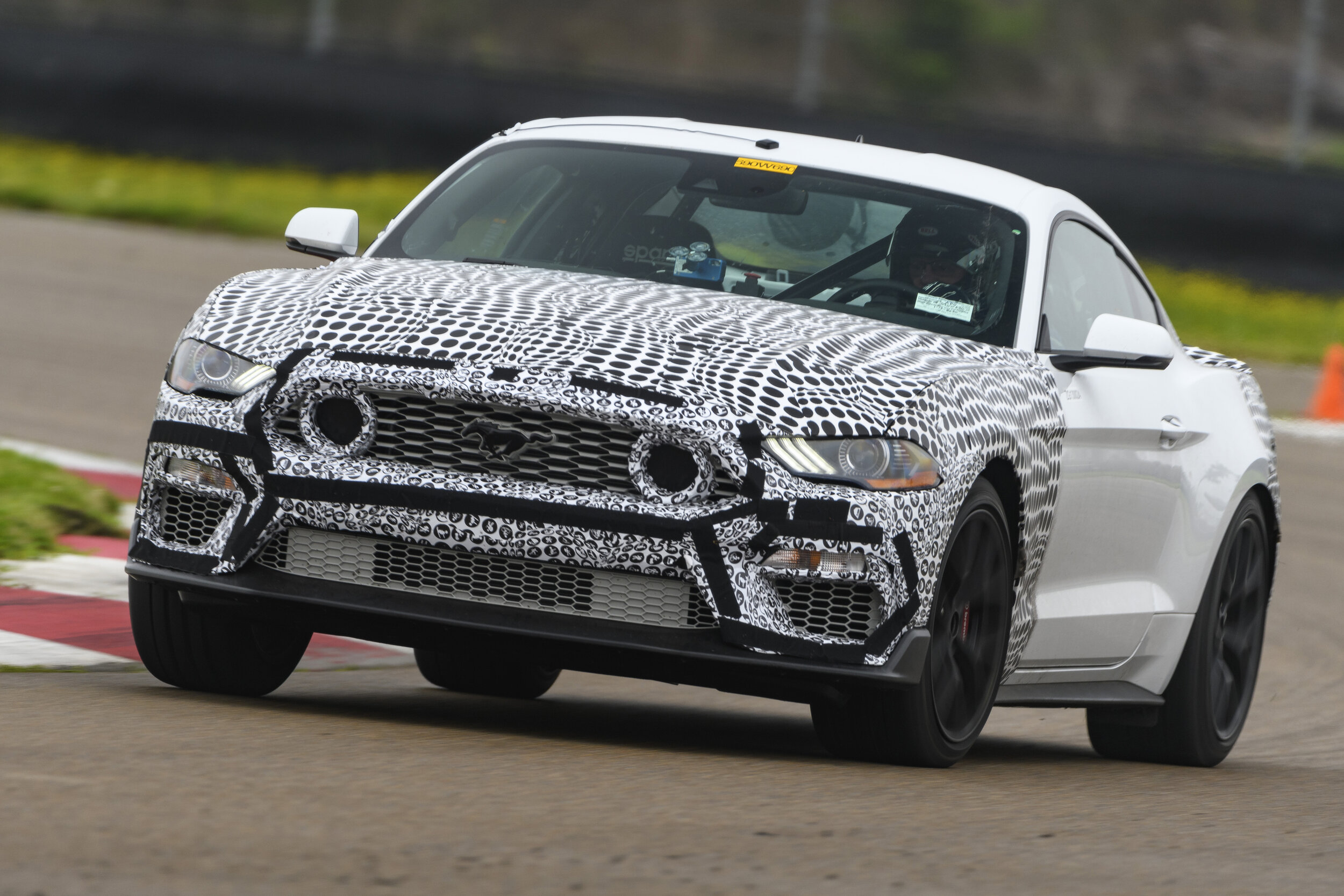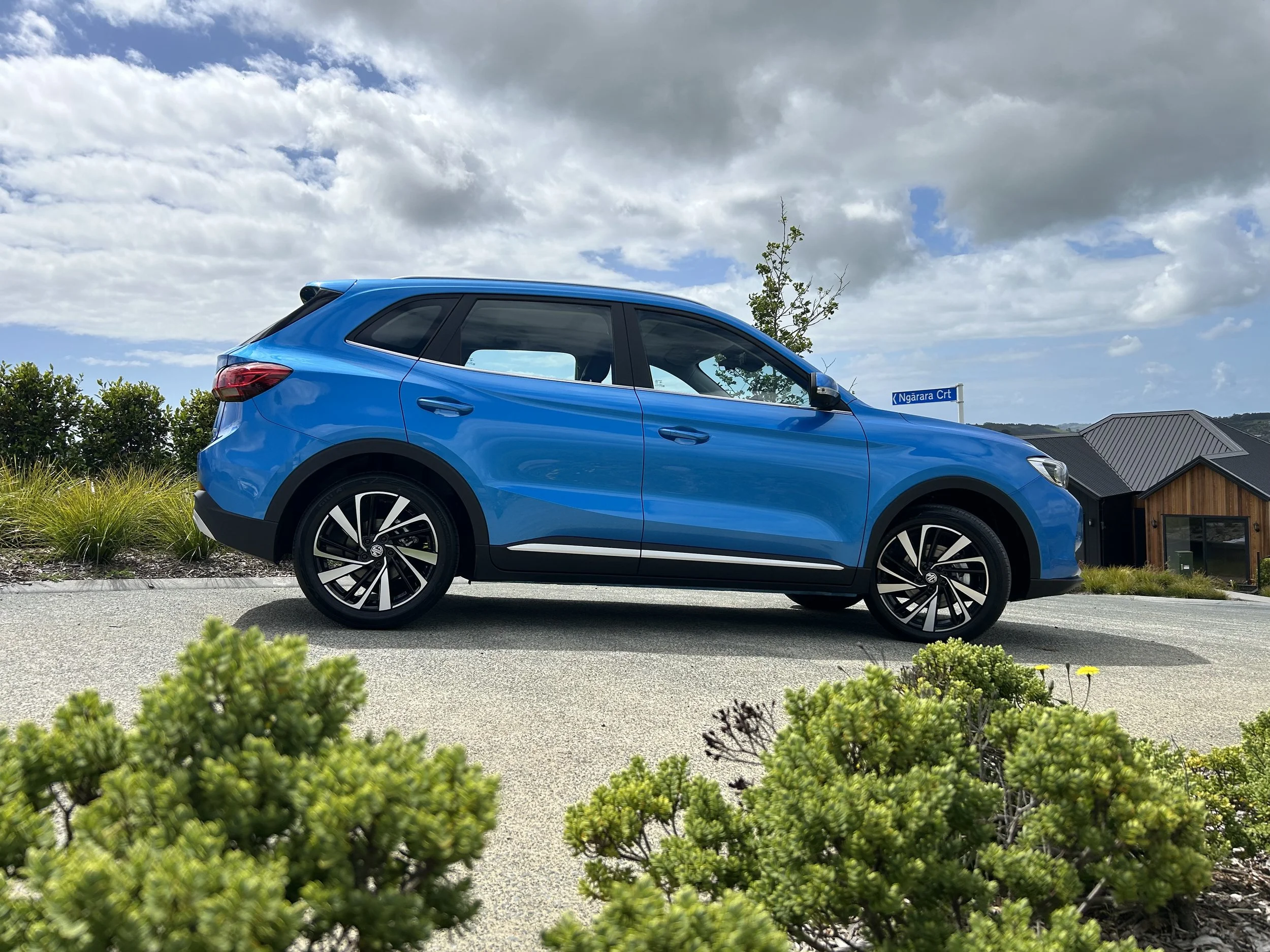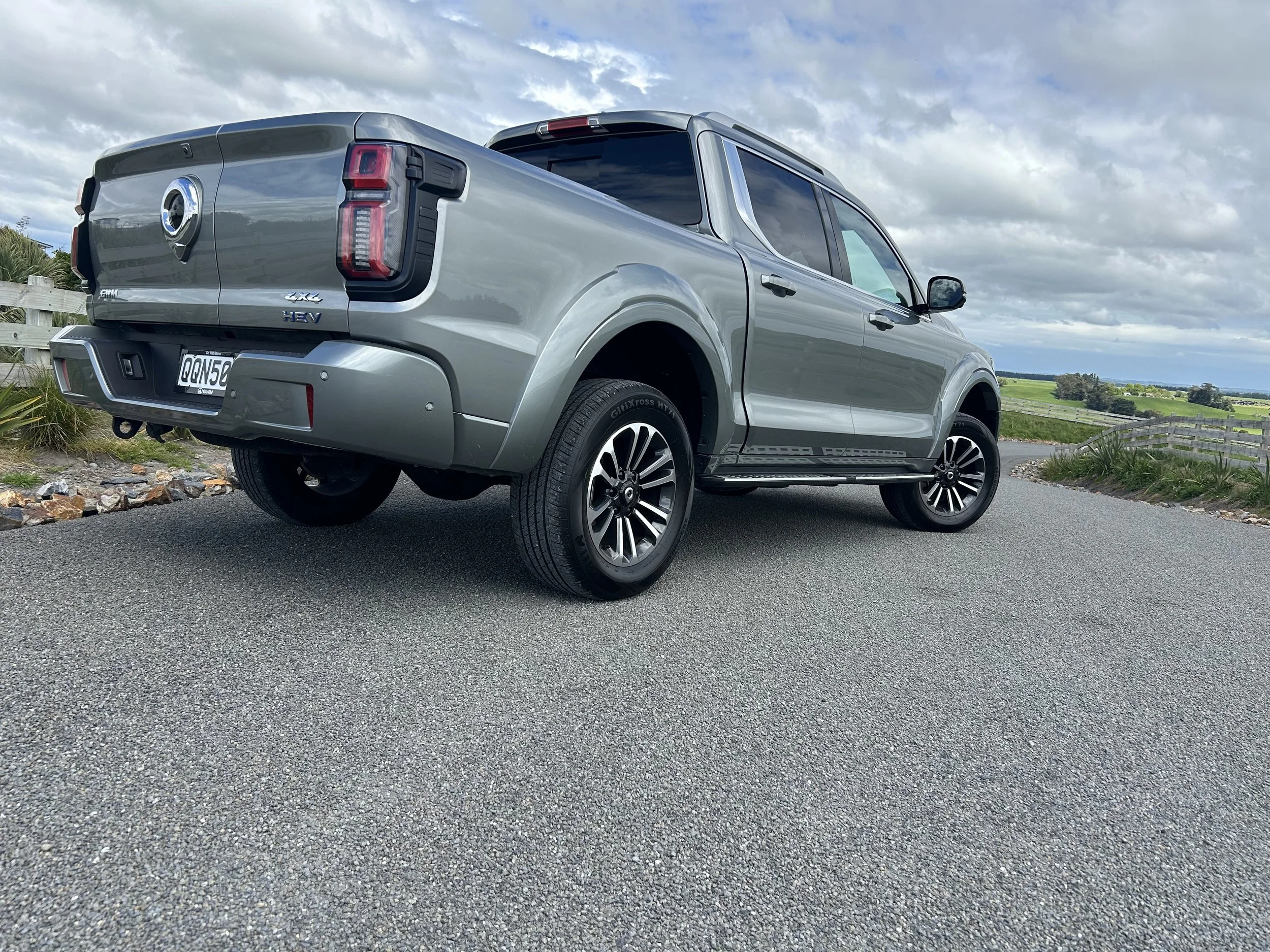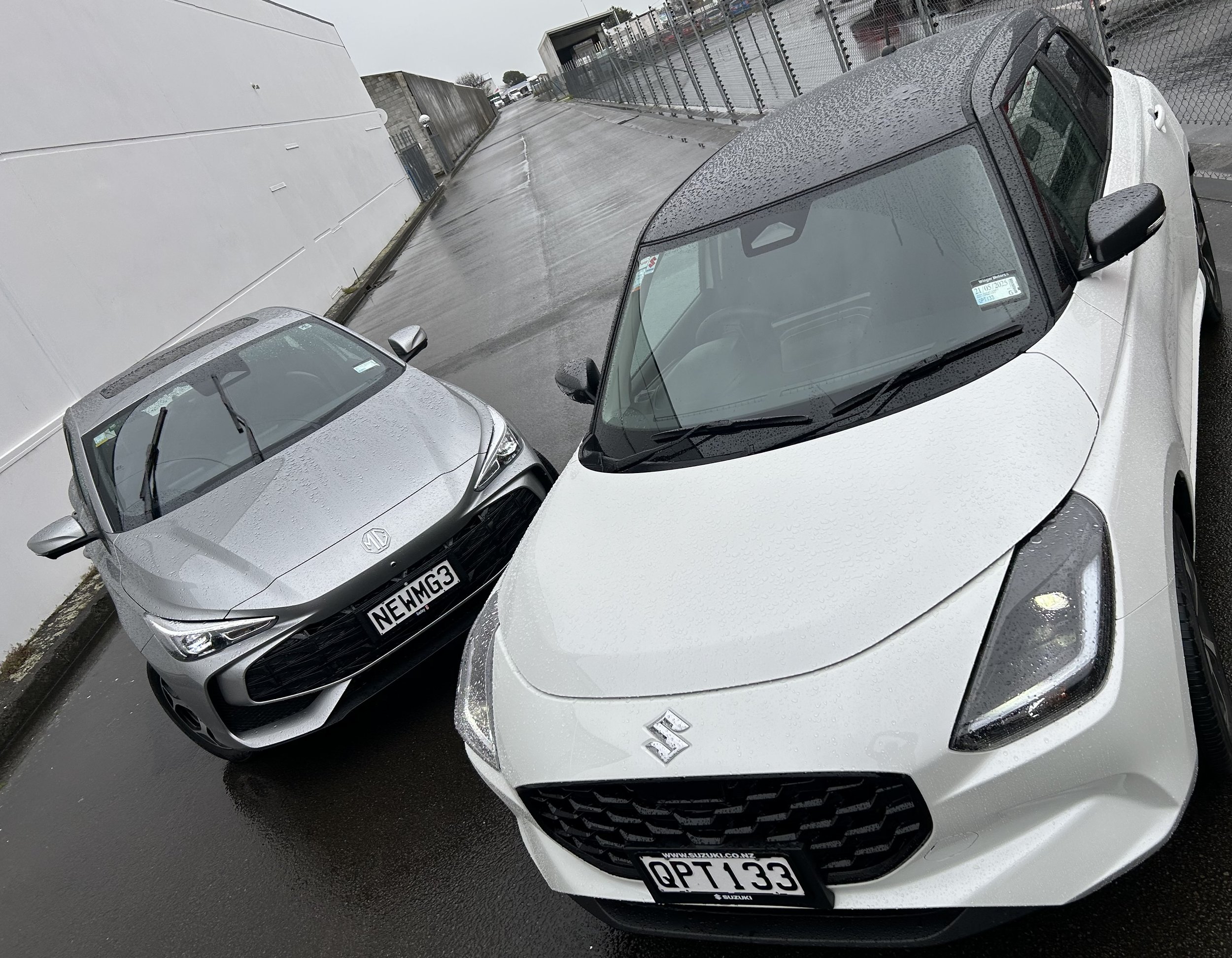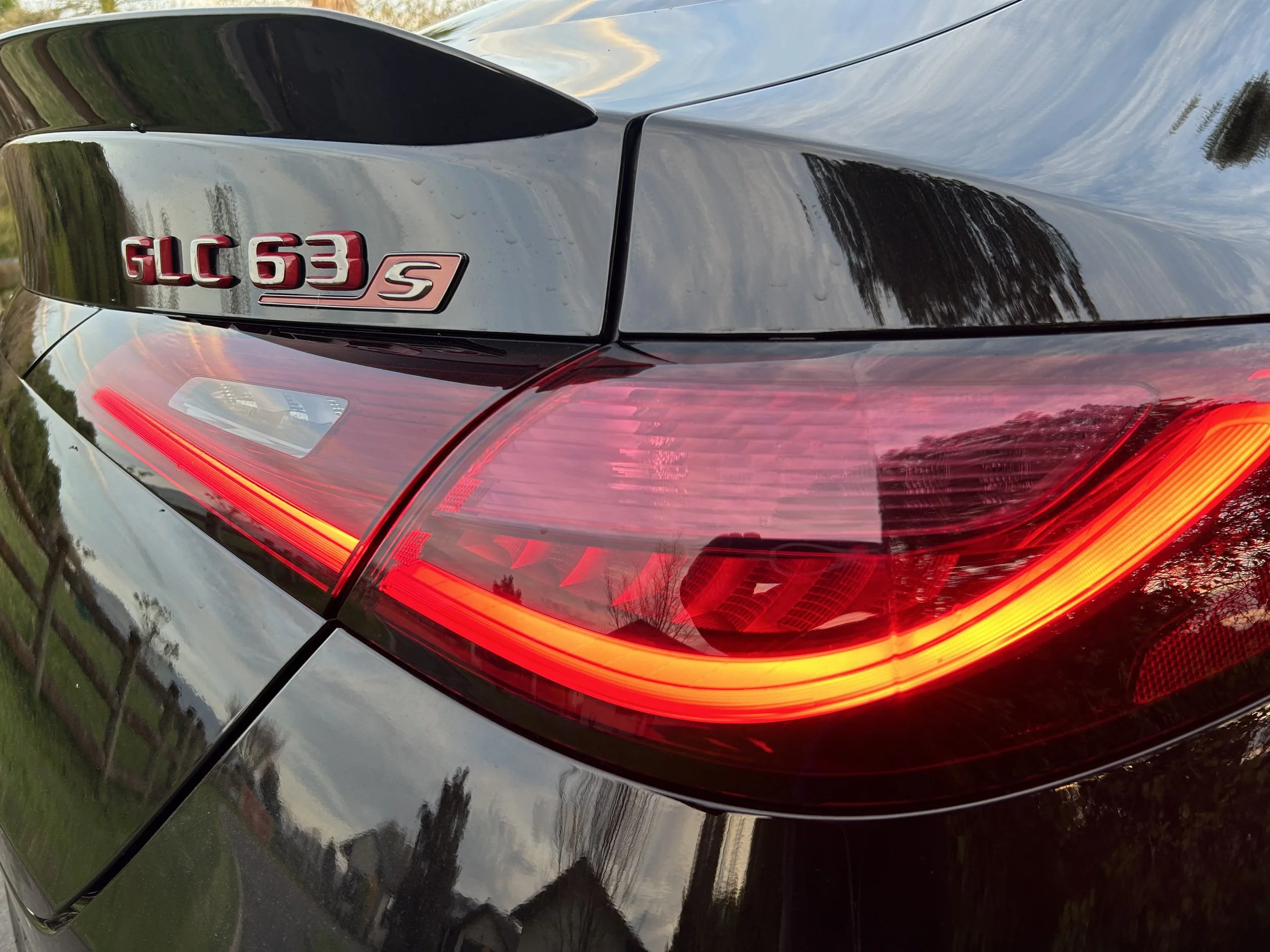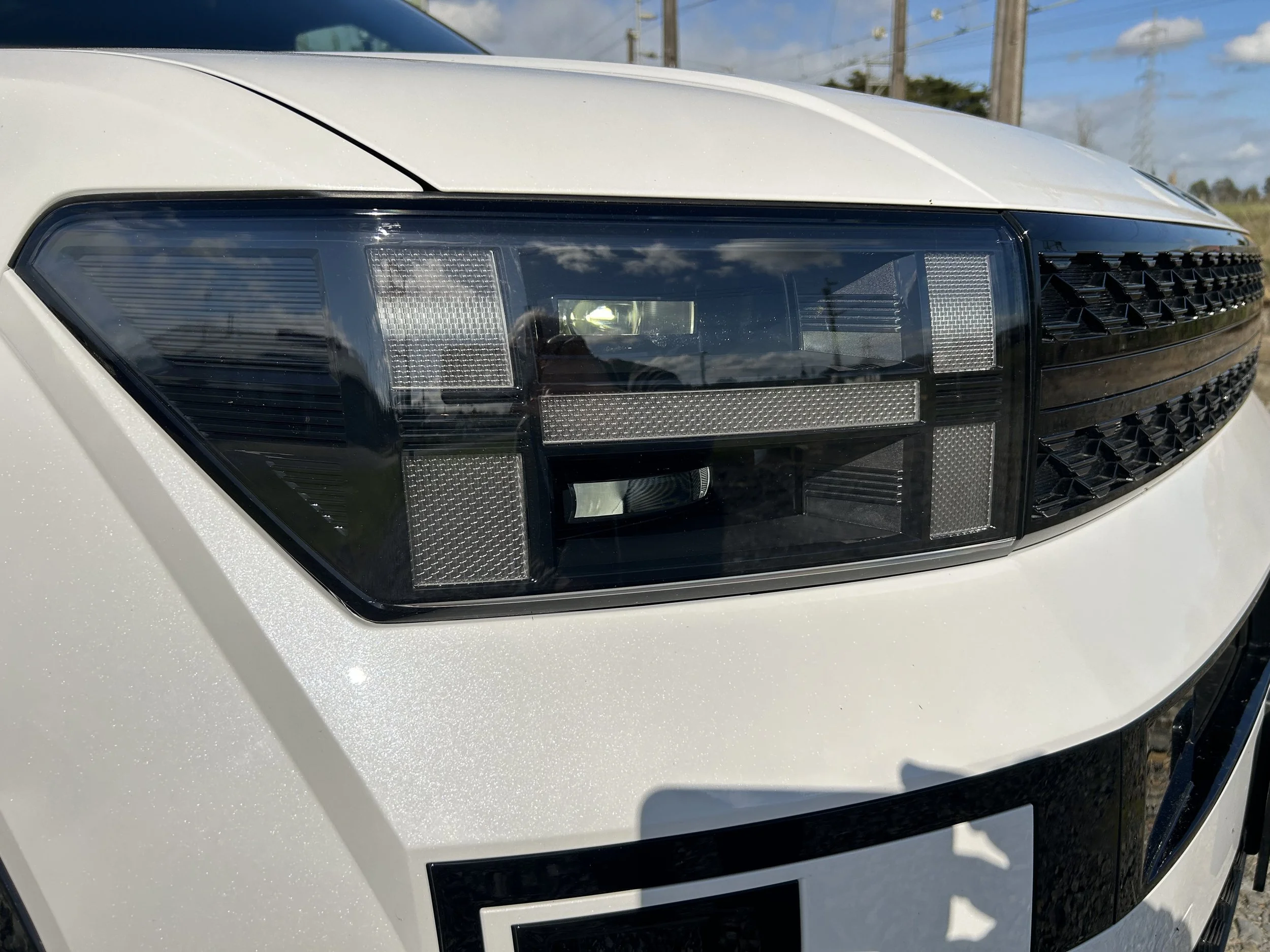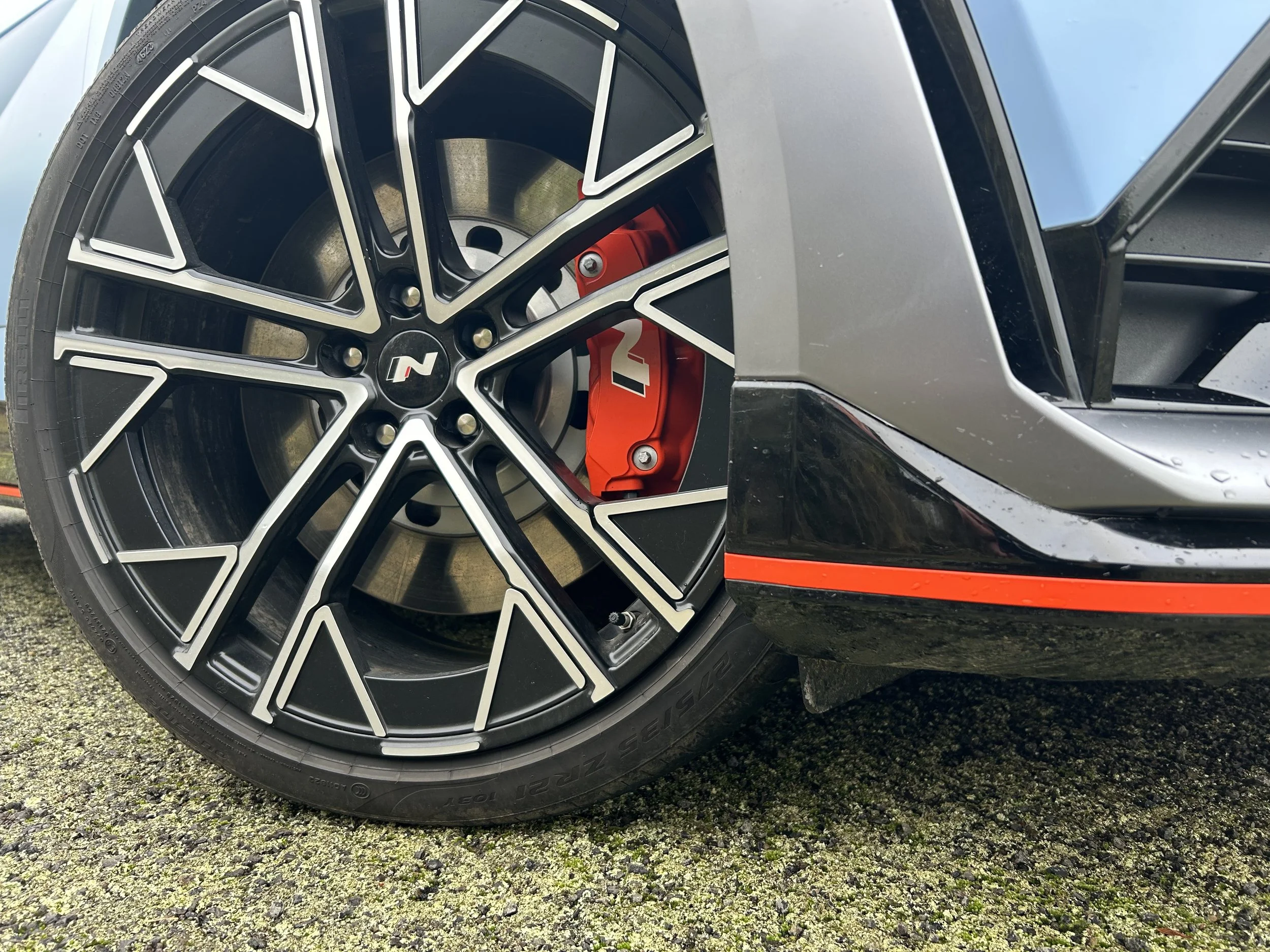Ranger line’s ‘king’ hit by special FX?
/FX4 Max? Let’s just call it the working man’s Raptor.
GNARLY but not overly extrovert in look, Fox suspension all-round, 32-inch off-road rubber and plenty of other dirty work upgrades … yet retaining a 3500kg tow rating and one-tonne payload: Is this the Raptor you always really wanted?
If so, then Ford has finally obliged, with the FX4 Max.
A special edition quite probably coming out now to keep Ranger interest on the boil as the current generation heads into a final year of full production before restarting all over – this time as a co-development with Volkswagen – this edition will be on sale from early 2021, for $69,990.
And that there’s another attention-getter: The price.
As massive as the Ranger fanbase clearly is – given it’s continually siting in the monthly stats as the top-selling one-tonner here and sometimes becomes our best-selling new passenger vehicle overall - the relatively modest percentage uptake that Raptor achieves in those tallies suggests it’s always been a bit too much of a sticker shock, when availed at full retail.
Argument for that $84,990 tag has always been aligned with proposal that Raptor gave so much more.
Which it kinda does… in that it looks super beefy and definitely is tuned to tackle tough off-road conditions. However, Raptor’s shift to a complex and clever independent rear end also significantly reduces the ute 101 of being up to tow and haul big weights.
Not so FX4. The Max part of the name is a good reminder it doesn’t shirk a load. It’ll take near as dammit an honest tonne (well 981kg to be exact) on the back and tow 3500kg (so, 1500kg more than Raptor) just like any other regular Ranger wellside. Hence why it comes with a tow bar.
The secret to this isn’t steroidal. It’s simply through the F-trooper staying with the standard (so leaf-sprung) suspension.
This regardless that it adopts those whizz-bang Fox shocks that, ahem, Ford also intimated back at Raptor’s release were also a reason why the top trumps truck carried such a premium. Maybe the exchange rates have improved. Or something.
To be fair, put the FX4 and Raptor together and the latter will still express as the more expensive truck insofar as content goes. The first is based on the XLT, so carries over that mid-grader’s blue collar trim.
Yet if you’re buying toughness over tech, then it’s hard to imagine why the FX4 isn’t going to win over plenty more friends.
Ford is certainly pushing the newbie’s merits by straight out saying the cheaper concoction’s upgrades are very much ‘Raptor-inspired’.
Of those extra ingredients, the most eye-catching are the 32-inch BF Goodrich All-Terrain tyres, attached to 17-inch dark grey alloy wheels.
With a width of 8.0 inches, the wheels feature an offset of +42mm, which gives the FX4 Max a 26mm-wider track than the normal Ranger line-up. For reference, the Raptor’s track is 150mm wider than the normal Ranger.
A full-size spare tyre with the chunky rubber has also been fitted underneath the rear tub.
Squeezing the larger tyres under the wheelarches has been made possible with the fitment of Fox 2.0-inch shocks which creates a 20mm suspension lift, which combine with the tyres to provide 31mm-higher ride height over the XLT.
The bespoke suspension features a unique tune for the front coils and rear leafs (the latter of which scores remote reservoir shocks), while new lock-stop profile steering knuckles, front jounce bumpers and a 29mm front stabiliser bar are also included.
A number of exterior styling features have been borrowed from the Raptor, including the ‘FORD’ lettering on the front grille with dark grey surround, also included on the skid plate, exterior mirror caps, door handles, rear tray surrounds and wheelarch mouldings, which have been extended to fit the wider track.
It also muscles up for marketing purpose by taking a matte black tubular sports bar, lighting modules for the tray and body-mounted hooped side steps. There’s also a graphics pack for those who need even more attention.
Two colour options are available – Alabaster White pearlescent and Conquer Grey. Yes, the latter used to be restricted to Raptor. Talking about knocking a hero down to its knees, Ford.
Like the Raptor, the FX4 Max is available exclusively with the 157kW/500Nm 2.0-litre bi-turbo four-cylinder diesel engine, driving all four wheels via a 10-speed automatic transmission.
Even though it isn’t as flash harry inside, the FX4 Max sounds like it’s putting on extra effort to dress for its extrovert crowd.
The models features new seats with suede inserts and FX4 Max embroidery, Raptor sports pedals, leather-wrapped steering wheel, all-weather floor mats and a set of six blank auxiliary switches, designed to support accessories like light bars and winches – a Ranger-first.
The new features join existing XLT kit such as an 8.0-inch SYNC3 touchscreen infotainment system with Apple CarPlay and Android Auto, dual-zone climate control, autonomous emergency braking with pedestrian detection, lane keep assist and reversing camera.




